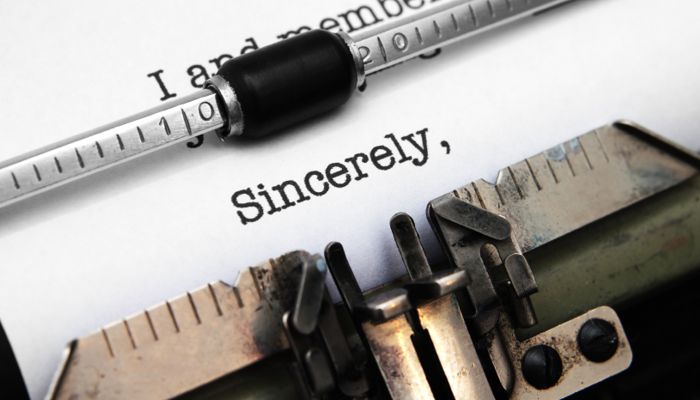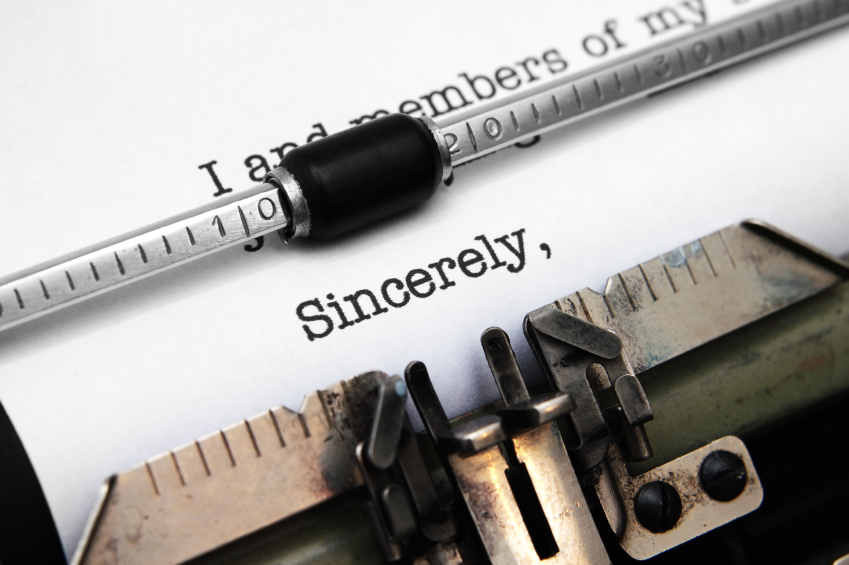Email Signature Etiquette: How to Close an Email


There are endless variations of the email closing, from an abrupt ending with nothing but your name, to a warm and gracious parting phrase. Choosing an appropriate sign-off involves considering the nature of the email and your connection to the recipient. Your close will vary depending on the relationship you share. The last impression you leave with the reader, choose your closing with care.
Here are six email etiquette tips for ending your message on the right note.
Email Signature Manners:
Reflect the relationship. The way you sign-off is a reflection of the association you have with the addressee. Within that context, there are dozens of variations. Commonly used closings include: “Regards,” “Best,” “Warm regards,” “Many thanks,” “Sincerely,” or even “Have a great day!”
It’s wise to use different endings for alternate purposes; after all, you may not wish to close a message “Warmly” when you are following up on an overdue payment or confirming a client business meeting. While “Talk soon” might work when emailing a colleague, it’s too comfortable for the company CEO you seldom see.
Limit the formal close to the first thread. [Tweet “Whatever email closing you use, it’s only necessary in the first email.”] If that initial note results in several replies back and forth, it’s not necessary to include your parting phrase each time.
Reserve emoticons and emojis for non-work related messages. Use discretion when sending a smiley face or thumbs up to an unfamiliar business associate. Although meant to be used as friendly good humor, they are questionable if you are not particularly familiar with the recipient’s personality or humor.
Let your personality shine. “Cheers,” “Smiles,” or “Your biggest fan,” would probably bring a smile to your best friend’s face, but cause room for concern when received by a slightly uptight executive.
Exit with a bang. It’s always an option to just omit the closing altogether. But, this can also be interpreted as rude or abrupt, just as a message in all capital letters seems aggressive. Excluding a pleasant farewell is the equivalent of walking away from a conversation without saying “goodbye.” A well-thought out parting phrase is like the icing on a beautiful cake.
For more of my thoughts on business email manners, refer to 5 Business Email Etiquette Faux Pas on The Huffington Post. You may also find 30 Email Etiquette Tips for Avoiding Sloppy Emails helpful (via Sidekick by HubSpot).






